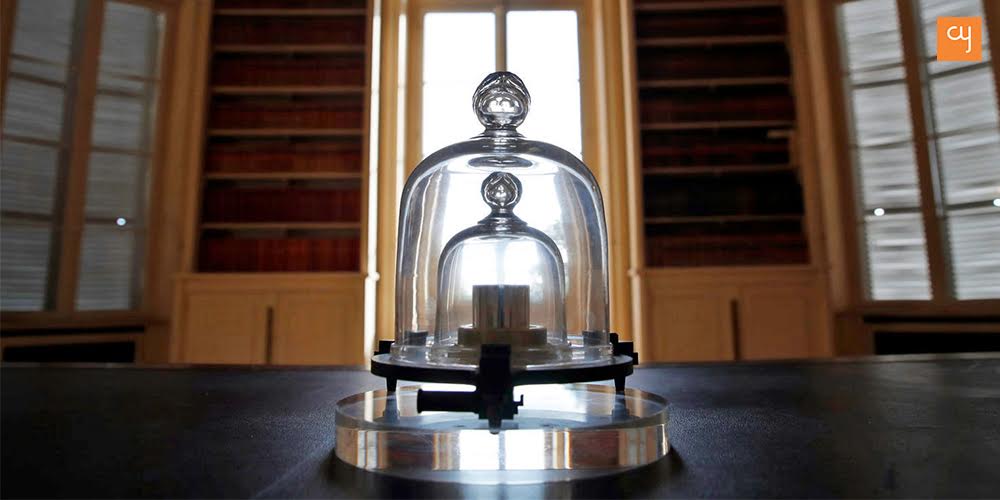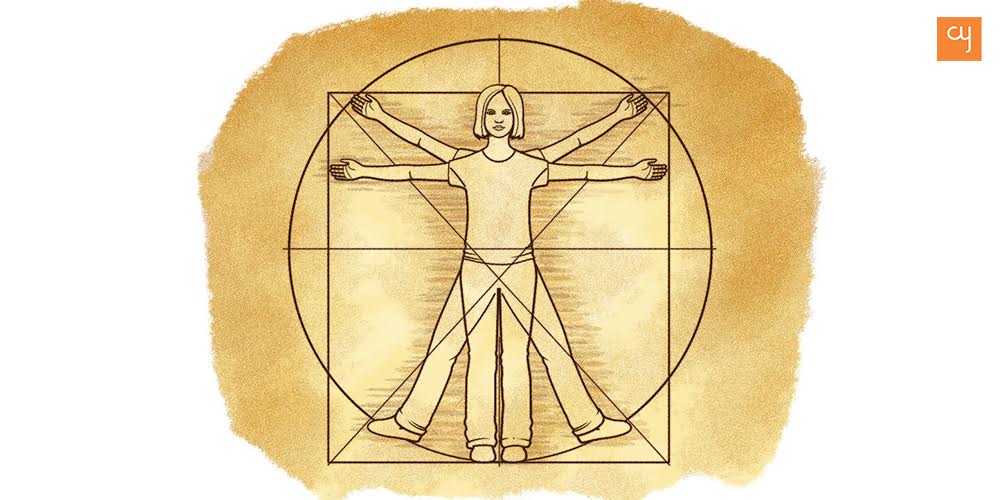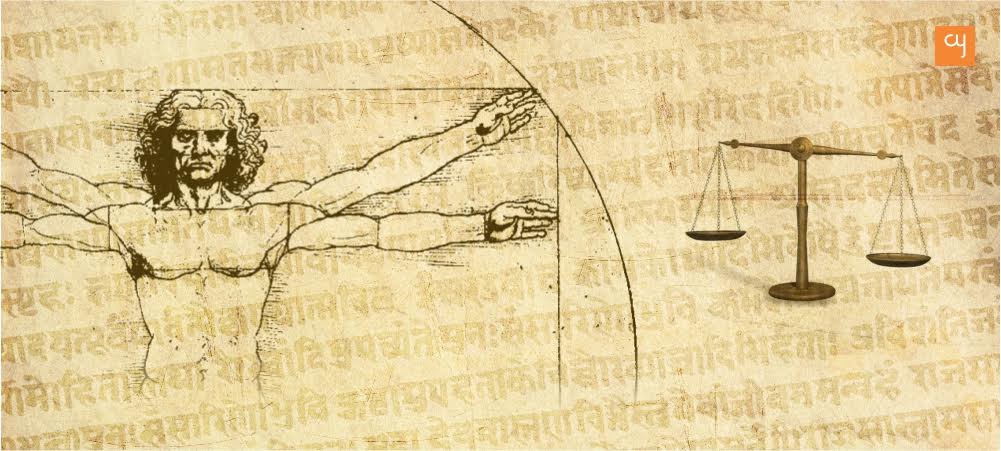Did you know you are as wide as you are tall? Just stretch your arms out in the famous Titanic pose and measure your arm span! Though we comply with international units of measurement today, our old systems of measurement were pretty interesting too.
In India, we have the amazing ability to keep pace with the times and yet find nuggets from our past around us that continue to both amaze and amuse us. While we are marching with the times and hobnobbing with international authorities to see that we are apace with the technology of international standards of measurement, our older methods of calibration find us in tune with Ma Nature.
Just a fortnight ago, India, along with 100 other countries, adopted a global resolution to redefine four of the seven base units – kilogramme, kelvin, mole and ampere – a move that’s expected to have far-reaching effects, including changes in textbooks. The other base units are second, metre and candela. It is important in the global times we live in to have internationally accepted units for measuring distance, time, weight etc, so the resolution to redefine four of the seven base units was passed by representatives of 60 countries at the General Conference on Weights and Measures (CGPM) of the International Bureau of Weights and Measures (BIPM), Paris, on November 16, 2018. It was implemented on May 20, 2019 on World Metrology Day.

The International System of Units (SI) was formalised in 1960 and has been updated several times to account for development in measurement technology. Although the sizes of these units will not change (a kilogram will still be a kilogram, we are assured), the four redefined units will join the metre, the second and the candela, to ensure that the set of SI base units will continue to be both stable and useful.
While we keep pace with the changing times, let’s have a look at the empirical methods of measurement that were in use earlier. Most often, their measurements came from Mother Nature and the human body!
A mile was originally a Roman idea and was based on the mille passum, which literally translated into “a thousand paces.” Since each pace was considered to be five Roman feet, the mile ended up being 5,000 Roman feet. Although we use the metric system in India and speak of kilometres, the mile is still a part of our vocabulary when we speak of milestones or sing of “A hundred miles.” Robert Frost’s verse “Miles to go before I sleep” was a favourite of Jawaharlal Nehru and was found by his bedside when he breathed his last. Would it sound the same if we changed over to the metric measure?
In India in the olden days, we used ‘kos’ to measure the distance and instead of milestones, there were kos minar, towers that were built on the side of the major roads to guide travellers. Some of them can still be seen in the northern part of India, especially in Haryana.
Fast forward to the present, wearable gadgets and apps now allow you to record, share and show off your walking/jogging prowess by posting pictures of how many steps you covered, the calories burnt and a lot of la-di-la information including the quantum and quality of your sleep. But the earliest of these devices were pedometers, which counted steps taken by a person wearing the device. What you would essentially measure was the paces covered. So even without gizmos or apps or technology, you can measure the distance that you cover using your own footsteps, as they did in the days past.
Measuring with grains and… lice!
In bygone times, the basic English unit of length was the yard of three feet, or the fathom of six. Each English foot was divided into 12 inches, and each inch into 3 barleycorns. Barleycorns! You may exclaim with wonder. But that brings us to the topic of today: many measurements were made in the past in collaboration with Mother Nature.
In India too, we had our own systems of measurement that connected a surprisingly wide range of objects from nature including, believe it or not, not only food grains like ratti and seeds like til or sesame, but also lice and nits! In our Indian language even now, unknowingly we use these terms when we want to say that there was not even space to fit a ratti grainor sesame seed (til-bhar /ratti-bhar jagah nahin). The seeds of ratti or Abrusprecatorius are very consistent in weight. These bright red seeds were used to weigh gold using a measure called a Ratti, where 8 Ratti = 1 Masha; 12 Masha = 1 Tola (11.6 grams). A speck of dust and a tip of hair were also used to measure small units and there was a relationship between the various natural units.
According to the old system:
- 8 Paramanu = one Trasarenu (radhadhuli or chariot dust)
- 8 Trasarenu = one Valagara /Romagra(tip of hair)
- 8 Valagara = one Liksa (nit)
- 8 Liksa = one yuka (louse)
- 8Yuka = one yava (barley grain)
Measuring with the human body
There are also relationships between the different parts of the body. Did you know that your palm is the same length as your face? Try it! If you place the heel of your palm on your chin, the tip of your middle finger will touch your hairline. Doesn’t that give a whole new meaning to the palm face emoji!
You can try out some other traditional body units too:
- Angula: Breadth of one finger
- Mukha: Vertical distance between hairline and chin
- Vitasti: Distance between thumb and middle finger fully stretched
- Hasta: distance between elbow and little finger.
And see how they relate to each other like this:
- 8Yava = one angula (middle digit) ~ 3cm
- 12 Angula = one vitasti
- 2 vitasti = one hasta
The proportions of the human body are such that a single pace of a walk matches with that of an arm length (from shoulder to tip of middle finger), which is designated as hasta (arm)
Also, according to some texts, the perfect measure of a man is when the stature or height (kaya) is equal to the span or arm-stretch (vyama). Though different races and ethnic groups may have different heights, they are all said to conform to this ideal proportion. Go ahead! Try it out! How does your height compare to your arm span? You surely know your height. Now spread your arms out, in the classic Titanic pose and check!
If you have both time and inclination, follow the method suggested by Scientific American.

Yatra Archives

 How Tulika Books is creating impact in children’s lives through picture books
Nandini Varma
How Tulika Books is creating impact in children’s lives through picture books
Nandini VarmaAug 21, 2019
A children’s book about a boy who feels like a girl. And about a child brought up by grandfathers. These are some of the stories published by Tulika Books, who have been making children’s picture books since 23 years. Little…
 Dalgona Coffee: A worldwide social media trend about home-made café experience
Harshil Shah
Dalgona Coffee: A worldwide social media trend about home-made café experience
Harshil ShahApr 2, 2020
While the lockdown has ignited various trends on social media, one that has received a major global following is #DalgonaCoffee. With thousands of posts on its name, here’s all you need to know about the Dalgona Coffee wave. I first…
 Leonardo, Michelangelo, Raphael and Donatello—Artists or Teenage Mutant Ninja Turtles characters?
Harshil Shah
Leonardo, Michelangelo, Raphael and Donatello—Artists or Teenage Mutant Ninja Turtles characters?
Harshil ShahNov 5, 2019
Did you ever wonder where the Teenage Mutant Ninja Turtles’ characters got their names from? Well, your search is complete. Here is a brief introduction of the artists from whom the creators of TMNT took inspiration. Teenage mutant ninja turtles,…
 The call of the mountains: orthopaedic Dr Yatin Desai’s advice on trekking
Himanshu Nainani
The call of the mountains: orthopaedic Dr Yatin Desai’s advice on trekking
Himanshu NainaniMay 24, 2019
In this piece 64 year old Dr Yatin Desai, shares with CY his inspiring story of how to scale towering mountains with utmost ease and how this life adventure activity can shape human character and health. Chances are high that…




